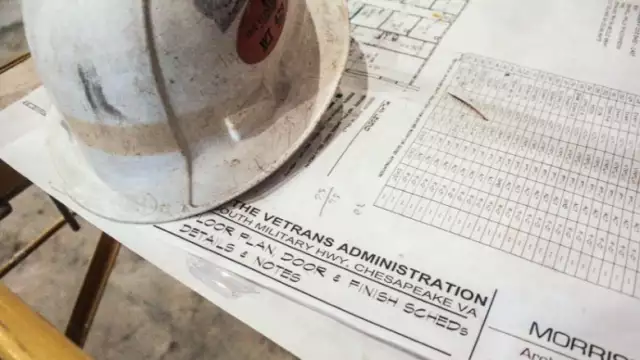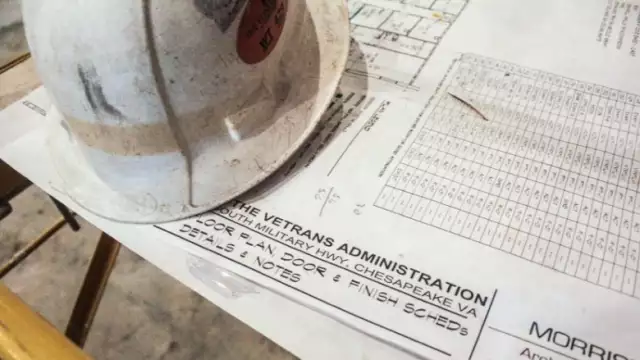Does GC Insurance Cover Subcontractors?

Accidents happen, especially in construction. Between miscommunication, the wrong specifications, carelessness, or events out of anyone’s control, things can go wrong, and the damages can be expensive. General contractors know these risks when they take the role. Luckily, that’s what insurance is for, right?
But what if the general contractor isn’t at fault, and a subcontractor is to blame? Does a general contractor’s insurance cover their subcontractors’ accidents or mistakes? While there isn’t a cut-and-dry answer to these questions, we’ll take a deeper look into insurance coverage and what happens in these situations.
Who is covered by an insurance policy?
At their core, insurance policies are agreements between two parties: the insurer and the policyholder.
The policyholder is the primary beneficiary of the policy. What this means is that financial losses caused by accidents, mistakes, and other issues that are the fault of the general contractor will be covered under the policy. This is the case when the losses impact only the contractor or sub holding the policy, or when a mistake affects a third party.
If a sub accidentally drops a steel beam on the project manager’s new sports car, that subcontractor’s liability insurance policy would likely cover the damage. The car owner can’t go after a different contractor’s insurer for the damage.
GC insurance & subcontractor coverage
Most general contractors and subcontractors are required to carry an insurance policy in order to to obtain a contractor license. However, the types of policies and their limits (the maximum amount claims can pay out) are limited.
However, with the amount of risk involved in a standard construction project, general contractors typically need to hold multiple policies. General liability, builder’s risk, and subcontractor default insurance are among the most common, and wrap insurance is growing in popularity.
Let’s take a look at each of these policy types — and whether or not a GC’s insurance will cover their subcontractors.
General liability insurance
Verdict: A contractor’s general liability insurance typically does not cover subcontractor damage.
A general liability insurance policy protects the policyholder from claims of property damage or bodily injury caused by the contractor or its employees. This policy may also cover legal fees involved in certain types of lawsuits. The contractor (policyholder), the property owner, or a third party unrelated to the problem may file a claim against the policy.
For example, if a plumbing contractor accidentally damages the foundation of the building they’re working on, their general liability insurance policy will likely cover it. Or, if that same contractor damaged the neighboring structure while in the course of their work, they could submit a claim through their general liability policy.
General liability is the most common type of insurance carried by construction companies. It affords the contractor some stability against financial stress, helping them continue to provide quality service. It also gives the property owner a safety net against mistakes or accidents caused by the contractor.
A general contractor may add a subcontractor as an additional insured entity under their policy, but this isn’t very common.
Builder’s risk insurance
Verdict: Builder’s risk insurance may cover subcontractor damage in some situations.
When a contractor or project owner wants to protect the structure against risk, they can purchase a builder’s risk insurance policy. Builder’s risk insurance protects the building while it’s under construction or renovation, allowing the policyholder to recoup losses caused by accidents, fires, weather, vandalism, theft, or other risks named in the policy. Clearly, the work of the subcontractor will be covered, though damaged or stolen equipment may be on a case-by-case basis.
There are certain damages that a builder’s risk insurance policy won’t cover. Events like damage to tools and equipment, faulty building design, or defective materials typically aren’t covered in a builder’s risk policy. For this reason, it’s an add-on policy that many contractors carry in addition to their general liability insurance.
Subcontractor default insurance
Verdict: SDI covers the policyholders against subcontractor failures.
Subcontractors don’t always do what they’re supposed to do, and the financial implications can be significant. Contractors can protect themselves from these risks by purchasing subcontractor default insurance.
Subcontractor default insurance protects policyholders against the financial losses caused by a default of performance of a subcontractor. For example, if a sub-sub fails to complete their obligation and causes schedule overruns, necessitates hiring a new sub, or causes another ripple effect, the policy will cover the costs associated with the failure. These policies can serve as alternatives to performance bonds, or as a supplement to a surety bond.
Wrap policies (OCIP/CCIP)
Verdict: Wrap policies typically provide general liability insurance to everyone on the project, including subcontractors.
In situations where the project owner or general contractor prefers not to worry about the potential of uninsured subs, they may purchase a wrap policy, known as a controlled insurance program (CIP).
A CIP provides everyone on the project with general liability insurance, allowing some subcontractors to forgo carrying their own policy. In some cases, a wrap policy may even include worker’s compensation coverage.
There are two forms of wrap policy: OCIP and CCIP. An OCIP stands for Owner Controlled Insurance Policy, while CCIP stands for Contractor Controlled Insurance Policy. They are essentially the same policies and offer the same coverage — the main difference being who purchases the policy.
There are several reasons contractors and owners purchase a wrap policy for a project. First, it helps ensure that any accidents or mistakes are handled smoothly. Since one insurer provides coverage, multiple companies won’t be fighting over responsibility for payment. Also, a wrap policy may allow a project owner or general contractor to avoid penalties for hiring uninsured subcontractors.
Bonds and subcontractor coverage
While insurance protects the policyholder from loss due to accidents and mistakes, a bond is quite different. A construction bond is a three-party agreement between the principal (i.e. the contractor), the surety, and the obligee (i.e. the person hiring the contractor).
The bond is purchased by the contractor and protects the property owner from financial risk. A GC’s performance bond protects the owner from non-performance of the prime contract. A payment bond protects the owner’s property from mechanics lien claims in case a subcontractor or other party doesn’t receive payment.
A contractor’s bond typically does not cover the actions of subcontractors unless they are specifically named on the bond. In practice, if a subcontractor defaults on a critical path task, it could cause the GC to default on their prime contract and lead to a claim on the bond.
How to ensure subcontractors are covered
The effects of accidental damages and injuries can sidetrack a project or result in financial doom. For those reasons, general contractors and project owners need to ensure they are protected against subcontractor mistakes or damage.
Luckily, ensuring subs have coverage isn’t necessarily challenging. Project owners can require the general contractor to purchase a subcontractor default insurance policy, while also providing proof of their own coverage. Or, general contractors can require subcontractors to provide proof of their insurance policy, and the general contractor can keep track of subcontractor policies along with other compliance documents.
If an owner or GC wants to use a bond to protect against subcontractor default, they can name them on the GC’s bond, or require them to purchase a subcontractor performance bond.
However, one of the most surefire ways to ensure that everyone on the project has insurance coverage is to purchase an OCIP or CCIP wrap policy. These policies cover everyone on the project, allowing for a collaborative approach to insurance for better protection.






